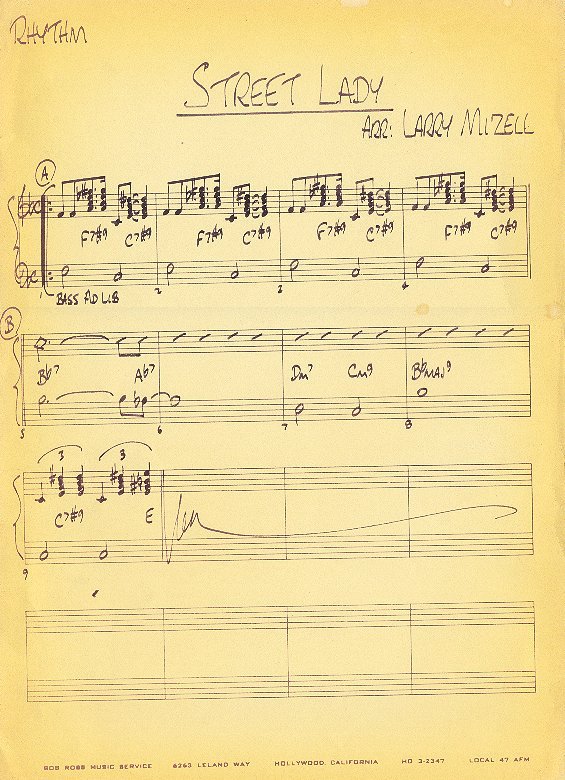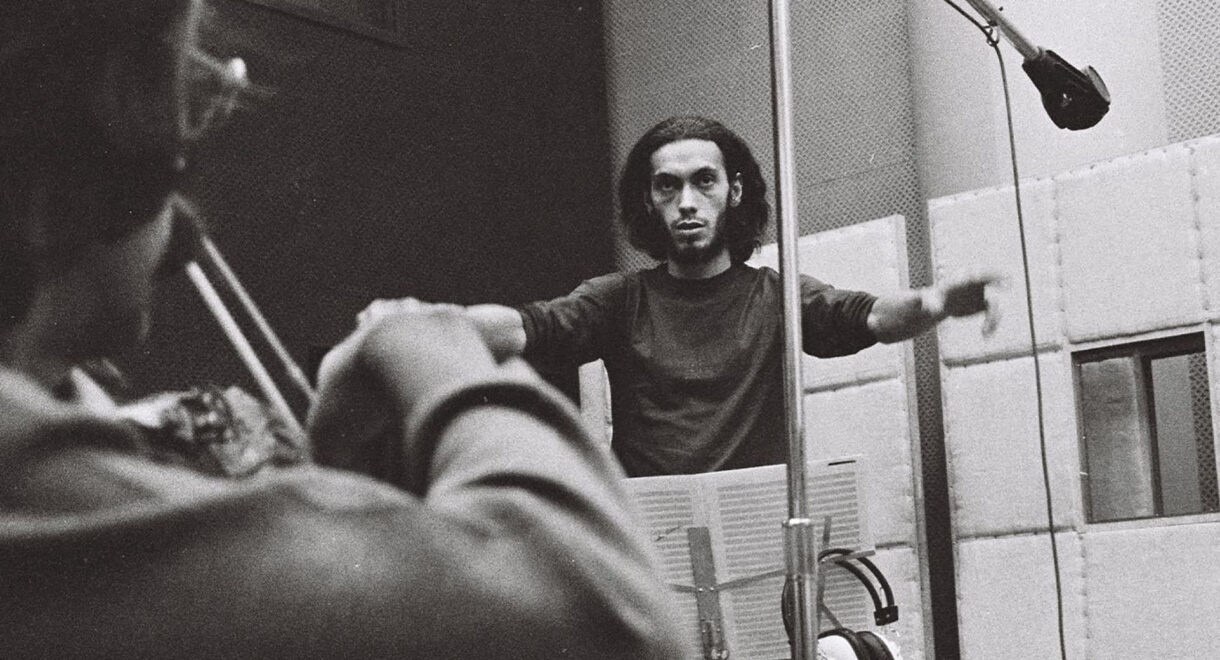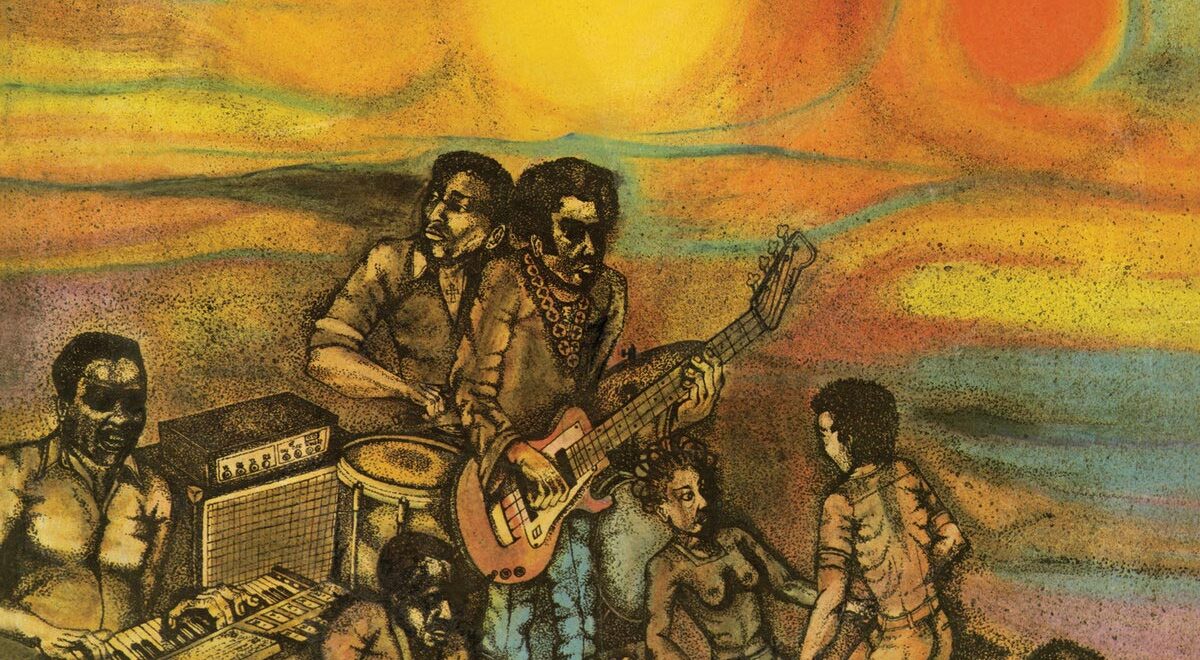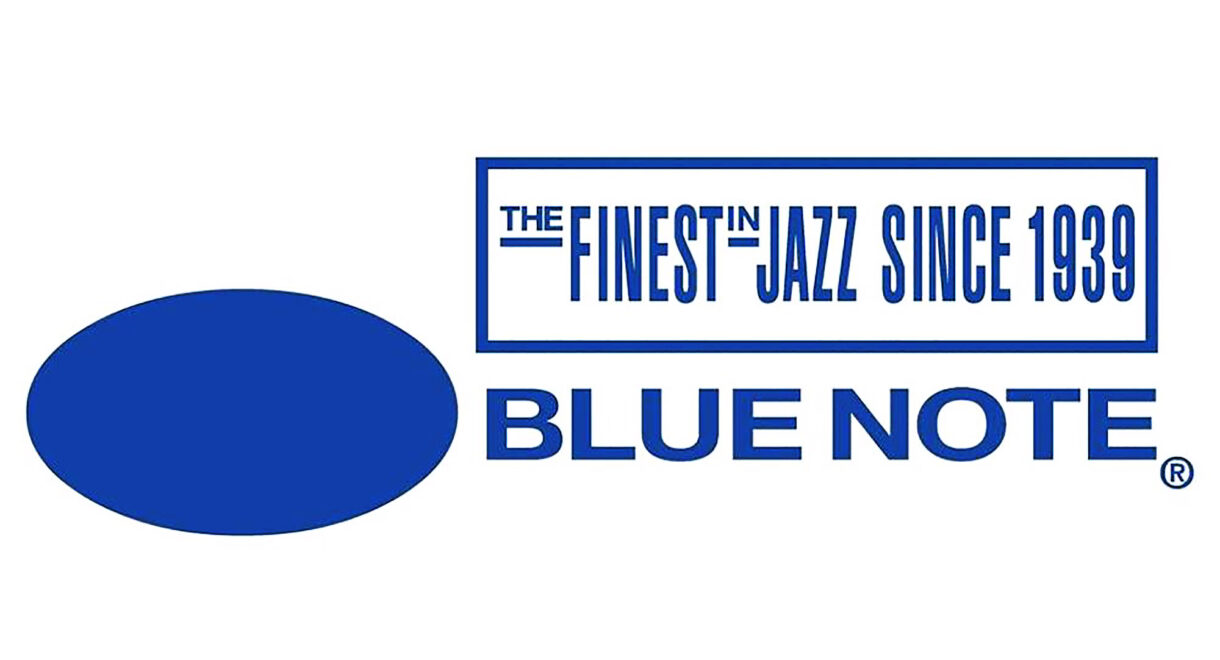It’s safe to say that few record labels have been as sampled as Blue Note. The classic New York jazz label, which was founded by Alfred Leon and […]
How the Mizell Brothers Brought Funk to Jazz: The Visionary Records of Sky High Productions

An intro to the production duo who brought jazz and funk together with artists like Donald Byrd, Johnny Hammond, and Marvin Gaye.
Before the Mizell brothers, the cultures of jazz and funk lived in two different worlds. Jazz heads were generally perceived as more serious and uptight; the convention at the time maligned funk as pedestrian and almost saccharine. These two sounds weren’t given much opportunity to converge until Larry and Alphonso “Fonce” Mizell’s pioneering efforts. Their prolific careers in music helped produce the signature sound of greats like Donald Byrd, Johnny Hammond and Marvin Gaye.
Both brothers found individual success before they started Sky High Production together. While Larry worked as an electrical engineer for NASA’s Apollo Program, Fonce was busy writing, arranging, and producing the Jackson 5’s first three platinum records with Motown.
In ethos, the work of space exploration is not unlike the world of music. Both reach into the unknown and innovate new technology to expand the reach of humanity’s curiosity for exploration. The Mizells had played in bands together and shared a musical language, so when Fonce moved to the West Coast with Motown’s early 1970s relocation to L.A., the brothers reunited and started producing together.

The first record they did was with their college professor, enigmatic trumpeter and bandleader Donald Byrd. They had all met at Howard University, and Byrd came to the brothers wanting to explore more funk elements for his new record for Blue Note. The brothers jammed in their home studios with a carousel of instruments, and then worked tirelessly with Byrd to make what is considered to be the first foray into what was called jazz fusion.
When the album “ Black Byrd” was finished and floated by record execs, they were shocked and worried that this jump into funk would be an outlier in what at that point was a purely jazz label. They eventually relented and the record would go on to be the best selling Blue Note album in the 30 year history preceding that release. Byrd’s apprentice group, the Blackbyrds, spun off of that record. They nudged American culture toward a sound that people were both ready and hungry for.
Byrd’s success started a new era at Blue Note, and the label then brought flutist Bobbi Humphrey to the brothers for her fourth release on the label. Humphrey had only moderate success at that point and they produced her first hit record, Blacks and Blues. The album features convertible classic “Harlem City Drive.” Its meandering, funky rhythm generated an easy-going classic. It’s emblematic of the Mizell Brother’s style: a driving beat with a heavy kick and a masterfully textured arrangement.
The brothers then started working with hard bop and jazz funk organist Johnny Hammond. Their first record together, Gambler’s Life, was adored by fans but it wouldn’t be until Gears, their secord record together, that the team would once again push genres well-past the fray. An iconic masterpiece, Gears proved that the brothers could steadily balance both jazz and funk.
Best, listening to their discography reveals that they didn’t have an explicit bias for one over the other. Starring a lineup that was at peak power, the Mizells understood to cultivate and arrange that talent to balanced perfection. The album’s “Los Conquistadores Chocolates” a dance club classic at David Mancuso Loft parties in 1970’s and ‘80’s New York, nudging a whole new movement forward.
It’s rare to see the Mizells talk about their work, but one story they often share regards their captivating sessions with Marvin Gaye. After Gaye’s first hit record, What’s Going On, Motowns subsidiary Tamla was frantically looking to release a follow up album that could efficiently capitalize on his success. Gaye paired with the brothers — but the project was shelved indefinitely after it was completed.
Instead, the label shifted focus to Gaye’s new soundtrack for the film Trouble Man, both were the commercial success they hoped for. The unreleased record, You’re the Man, ultimately didn’t get released until 2014 — and only after Mizells and fans pushed for it. You can hear how much fun they had in the studio, and it isn’t a stretch to wonder how it would have affected Gaye’s sound moving forward
If this is the first time you’ve heard of the Mizells, that’s no surprise. Producers often go unrecognized by fans drawn to the music these studio gods helped cultivate. But it’s a lovely way of following the prophetic genius who spun the thread that enrobed high-profile artists in luxurious sound. In the case of Larry and Fonce, their virtuosic understanding of music theory and eagerness to integrate new technology such as the Arp synthesizer offers a perfect example of what having a fearless partner in sound can mean to an artist.











